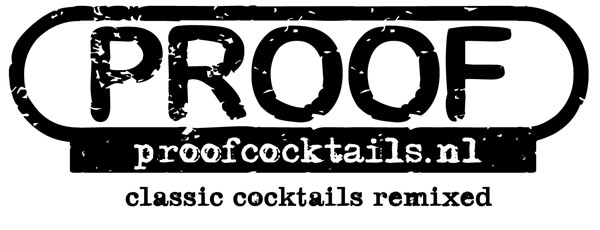

Tres amigos.
Mexican Standoff.
We’ve talked a little bit about tequila before but this time we’re going to dive a bit deeper in a quest to find the ideal mixing tequila. As we know, tequila comes in two main types mixto which is tequila mixed with a neutral spirit and 100% agave which is, well 100% agave. You could reasonably compare it to the difference between blended Scotch and single malt Scotch. Except that while I’m happy to make cocktails with blended whiskey I’m never mixing with mixto. Glad we cleared that up. Once we’ve nixed the mixto we need to choose between three sub-types of tequila; the unaged blanco/plata, slightly aged reposado and properly aged anejo. My personal preference is the middle grounder, reposado, which smooths out some of the rougher edges of a tequila but doesn’t go so far as to overpower the agave flavours which anejo sometimes can. Sounds like we’re getting somewhere right? But here’s the rub. Tequila is changing. Many previously trusted brands have recently changed to a more industrial technique for extracting the sugars from the agave. This diffuser technique increases yield and hence profit but the flavour of the tequila suffers. A lot. But then it gets even worse. The loss of flavour is often offset by the addition of artificial flavourings. I need to take a break now until my face has returned to a normal colour It’d be unfair to name names when so many brands are at it but I noticed a very marked deterioration in my previous “house” reposado to the point that I won’t be buying it ever again. It’s a real shame that the “100% agave” mark that used to be a guarantee of a decent quality tequila can’t be relied upon any more but fortunately help is at hand. Tequila Matchmaker is an excellent website (and app) that shines a light on all this jiggery-pokery and, with the help of some ratings, allows us to make a more informed choice of tequila.
To the showdown.
Recently I’ve been trying to settle on a new standard “house” mixing tequila not least because people tend to look at you a bit funny when you have so many different bottles of tequila on the shelf. My goal was to find a sub-€30, 100% agave reposado tequila that was at least reasonably available*. I decided to compare a few of those with a good quality but more expensive benchmark. The candidates are: Topanito €23. My placeholder mixing repo of late but I’m wondering if I can do better. El Espolon €23. Highly regarded by the agave-heads on Reddit r/tequila. Calle 23 €26. I’ve heard good things about this one on Tequila Matchmaker and elsewhere. Don Julio €33 (not pictured). Our benchmark. A bit of a gold standard in tequila but a bit pricey for an everyday mixer. If any of the others get anywhere close to this they’ll be doing very well.
Topanito.
The bottle looks a bit cheap but, while plain, it’s at least sealed with a decent natural cork. It’s a little darker than the others but for all we know that could just be some added caramel colouring. It tastes a bit “hot” and has an interesting earthy flavour indicative of a lowland tequila. Definitely the outlier of the four in terms of flavour. Interestingly TM shows this to be the most traditionally produced of the four – bonus points! Definitely a very interesting tequila and great value but maybe just a little too quirky for what we’re looking for here.
El Espolon.
I love the squat bottle with its wide hardwood topped natural cork and funky decoration. Just a touch sweeter than the others. Quite smooth and well behaved but somehow just a shade less exciting than the others. Pepper and agave notes are present and pleasant. Again, superb value at this low price.
Calle 23.
I had a minor issue with the synthetic cork being far too loose on this one and I had to replace it with another one to keep a decent seal**. Otherwise it comes in an attractive tall bottle with the agave print on the rear of the bottle giving a nice 3d effect. TM tells us that this is a no additive tequila which is a big plus for me and, indeed, it seemed to have the most natural taste with a nice balance of agave and pepper. Quite similar to the El Espolon but just more together.
Don Julio.
Yes, the benchmark Don Julio is better than the others seeming a little more elegant and refined. But not by much and its edge is barely noticeable when mixed. For mixing I wouldn’t consider it worth the €7-10 premium but for sipping it would still be my choice.
Conclusion.
What I found remarkable was how little there was to choose between these. Especially once mixed into a Tommy’s Margarita they all tasted great. I’m going to choose the Calle 23 as my stock repo for now but I’d be happy to recommend any of these for mixing into a Margarita (preferably Tommy’s), Paloma, Repo Man or Tijuana Tonic.
If you’re wondering what I did with the rest, well, I started a reposado infinity bottle of course.
Extra credit.
For those who’d like to nerd out on the details of tequila production (including the evils of the diffuser) I’ll pass you over to the expert hands of MuchoAgave.com.
*A bit tricky as the fragmented nature of the tequila market means that different brands are imported into different regions.
** Which is why one should never throw away a decent cork but keep them for just such eventualities.






















Recent Comments